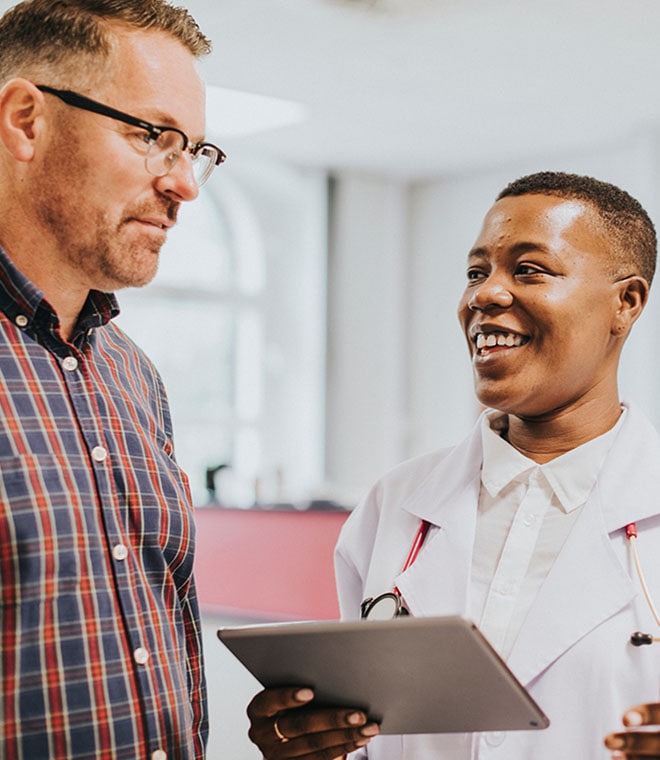Health
Internal vs. external hemorrhoids: How do they differ?
By Robert A. Fried, MD Sep 25, 2024 • 5 min
Hemorrhoids, sometimes called piles, can be embarrassing to talk about. They're a common condition that can cause physical discomfort, too. There are two different types of hemorrhoids, internal and external. Each looks a little different, and each can produce different symptoms.
What is a hemorrhoid?
A hemorrhoid is a swollen vein around the anus. These veins normally stay flat and don't cause any problems. However, when they are under pressure, these veins are prone to stretching. When they bulge and swell, they're called hemorrhoids.
Are there different types of hemorrhoids?
Yes, there are two types of hemorrhoids, internal and external. Internal hemorrhoids are located inside the anus and rectum. They're usually visible only when your healthcare provider uses special instruments to examine you. External hemorrhoids form near the anus, just under the skin. Your healthcare provider can diagnose external hemorrhoids by looking at the skin around the anus.
What do external hemorrhoids look like?
Because of where they're located, you can't see your own external hemorrhoids without using a mirror. They look like varicose veins in the legs—small, dark-blue tubes just under the skin. External hemorrhoids can cause pain and itching around the anus.
A blood clot can form inside an external hemorrhoid, which can cause severe pain and a knot or hard area that you can feel.
What are the symptoms of internal hemorrhoids?
The most common internal hemorrhoid symptom is painless bleeding when you have a bowel movement. There can be blood on the toilet paper, on the stool or in the toilet bowl. Always check with your healthcare provider about any new rectal bleeding in order to rule out other causes, including cancer, before confirming that hemorrhoids are the only issue.
What is a prolapsed hemorrhoid?
If you have internal hemorrhoids and strain when having a bowel movement, a hemorrhoid can protrude partway through the opening of the anus. This is called a prolapsed hemorrhoid, and it can cause pain and tenderness.
How common are hemorrhoids?
Both men and women can get hemorrhoids. Overall, the problem affects about 1 in 20 Americans, and about half of people over the age of 50 have hemorrhoids.
Many women may develop hemorrhoids when they're pregnant. This is because the growing fetus increases pressure inside the abdomen, which, when combined with other factors, can cause the veins around the anus to stretch and swell. Usually, hemorrhoids that start during pregnancy go away once the pregnancy ends.
If you're concerned about your hemorrhoids or troubled by the symptoms they may be causing, you can reach out to your healthcare provider for an evaluation. Treatments are available to help relieve the discomfort associated with hemorrhoids.
Updated by Julie McDaniel, MSN, RN, CRNI, September 2024.
Sources:
- https://patient.gastro.org/hemorrhoids/
- https://www.niddk.nih.gov/health-information/digestive-diseases/hemorrhoids/definition-facts
- https://www.ncbi.nlm.nih.gov/books/NBK500009/
- https://www.niddk.nih.gov/health-information/digestive-diseases/hemorrhoids/diagnosis
- https://www.niddk.nih.gov/health-information/digestive-diseases/hemorrhoids/symptoms-causes
- https://www.health.harvard.edu/diseases-and-conditions/hemorrhoids_and_what_to_do_about_them
- https://www.mayoclinic.org/diseases-conditions/hemorrhoids/symptoms-causes/syc-20360268
- https://fascrs.org/patients/diseases-and-conditions/a-z/hemorrhoids-expanded-version



